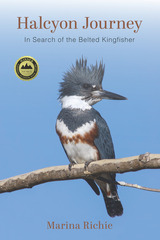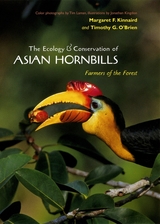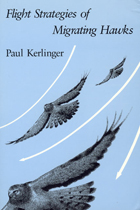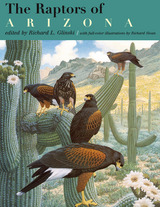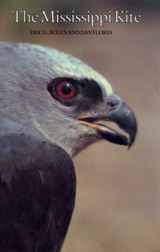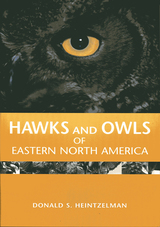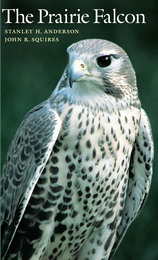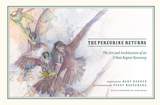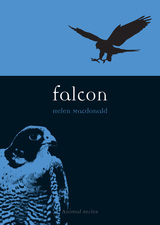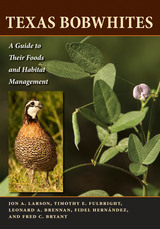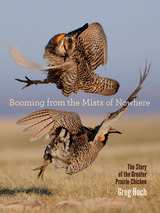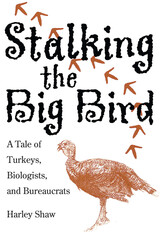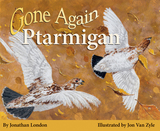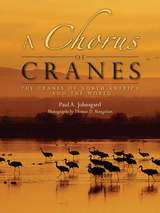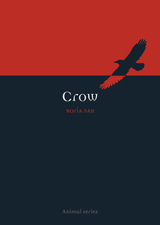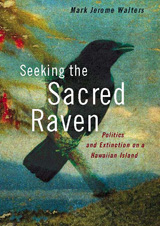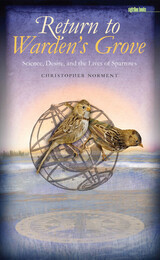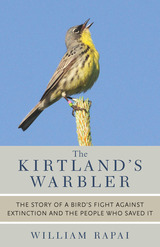Eleonora's Falcon: Adaptations to Prey and Habitat in a Social Raptor
University of Chicago Press, 1979
Cloth: 978-0-226-87229-2
Library of Congress Classification QL696.F34W34
Dewey Decimal Classification 598.91
Cloth: 978-0-226-87229-2
Library of Congress Classification QL696.F34W34
Dewey Decimal Classification 598.91
ABOUT THIS BOOK | AUTHOR BIOGRAPHY | TOC
ABOUT THIS BOOK
Named after a Sardinian princess of the fourteenth century who established laws protecting falcons, Eleonora's falcon is the only European bird to breed in autumn and feed its brood on the mass of birds that migrate from Europe to Africa between July and October. It breeds on small Mediterranean islands in colonies of up to 200 pairs and hunts often in groups, preying on more than 90 species of migrant birds. During the winter this falcon visits the rain-soaked woodlands of Madagascar.
In this study—illustrated beautifully and extensively with 59 line drawings and 38 photographs—Hartmut Walter shows how the unique geographical and biological situation of Falco eleonorae makes the species' health an important indicator of environmental decay. For though it lives in relatively isolated areas, Eleonora's falcon nevertheless may ingest the many pollutants contained in its diet of birds migrating from industrial Europe. Walter, who has studied raptors on several continents and has been an ornithologist since his early youth, examines several discrete colonies of Eleonora's falcon. He concentrates on the species' intraspecific behavior and ecology—such as the falcons' aggressive actions, hunting strategies, and response to fluctuating environmental conditions—and investigates their evolutionary past.
In this study—illustrated beautifully and extensively with 59 line drawings and 38 photographs—Hartmut Walter shows how the unique geographical and biological situation of Falco eleonorae makes the species' health an important indicator of environmental decay. For though it lives in relatively isolated areas, Eleonora's falcon nevertheless may ingest the many pollutants contained in its diet of birds migrating from industrial Europe. Walter, who has studied raptors on several continents and has been an ornithologist since his early youth, examines several discrete colonies of Eleonora's falcon. He concentrates on the species' intraspecific behavior and ecology—such as the falcons' aggressive actions, hunting strategies, and response to fluctuating environmental conditions—and investigates their evolutionary past.
See other books on: Adaptations | Behavior | Birds | Birdwatching Guides | Habitat
See other titles from University of Chicago Press



